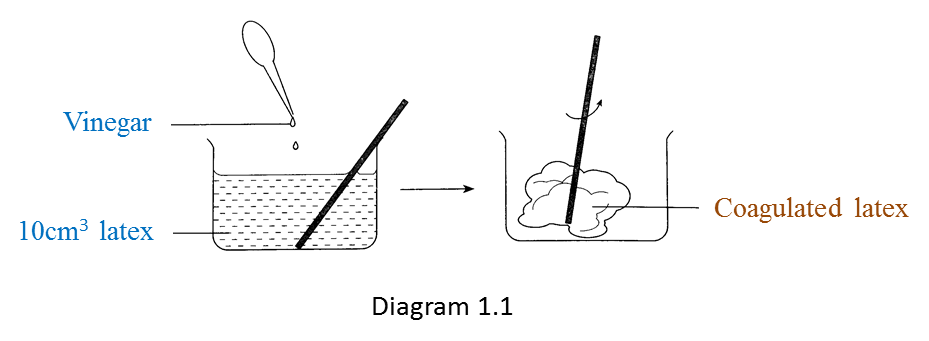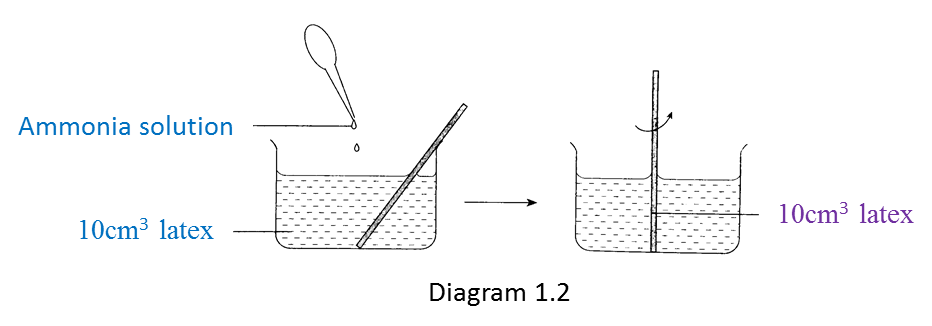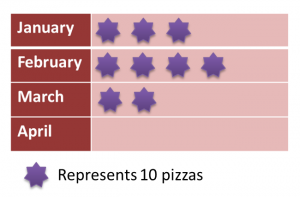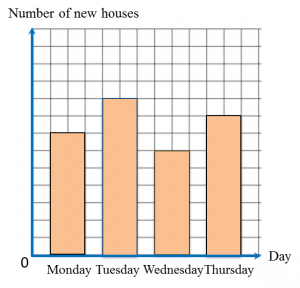Question 6:
In diagram below, PQRSTU is a regular hexagon QUV is a straight line.
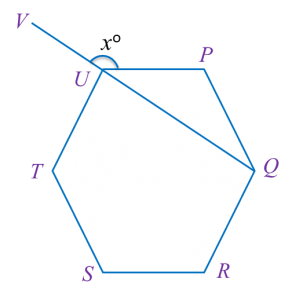
Find the value of x.
Solution:
Each interior angle=(6−2)×180o6=120o∠PUQ=180o−120o2=30o (△PUQ is a isosceles triangle)xo=180o−30o=150ox=150
In diagram below, PQRSTU is a regular hexagon QUV is a straight line.

Find the value of x.
Solution:
Each interior angle=(6−2)×180o6=120o∠PUQ=180o−120o2=30o (△PUQ is a isosceles triangle)xo=180o−30o=150ox=150
Question 7:
In diagram below, PQRSTU is a hexagon. UPE, PQF, QRG, RSH and UTJ are straight lines.
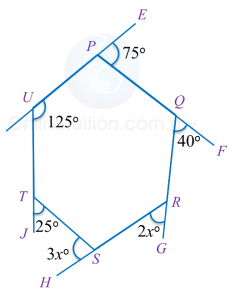
Find the value of x.
Solution:
Sum of all the exterior angles of any polygon=360o25o+3xo+2xo+40o+75o+55o=360o5xo+195o=360o 5xo=360o−195o =165oxo=165o÷5 =33o x=33
In diagram below, PQRSTU is a hexagon. UPE, PQF, QRG, RSH and UTJ are straight lines.

Find the value of x.
Solution:
Sum of all the exterior angles of any polygon=360o25o+3xo+2xo+40o+75o+55o=360o5xo+195o=360o 5xo=360o−195o =165oxo=165o÷5 =33o x=33
Question 8:
In Diagram below, A, B, C, D and E are vertices of a 9 sided regular polygon.
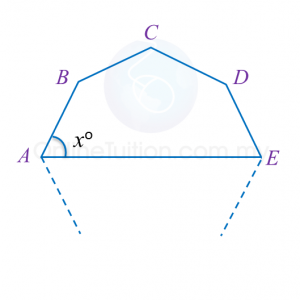
Find the value of x.
Solution:
Exterior angle =360o9=40oInterior angle=180o−40o=140oSum of interior angles of pentagon ABCDE=(5−2)×180o=540oxo+140o+140o+140o+xo=540o2xo=540o−420o =120o xo=60o x=60
In Diagram below, A, B, C, D and E are vertices of a 9 sided regular polygon.

Find the value of x.
Solution:
Exterior angle =360o9=40oInterior angle=180o−40o=140oSum of interior angles of pentagon ABCDE=(5−2)×180o=540oxo+140o+140o+140o+xo=540o2xo=540o−420o =120o xo=60o x=60


























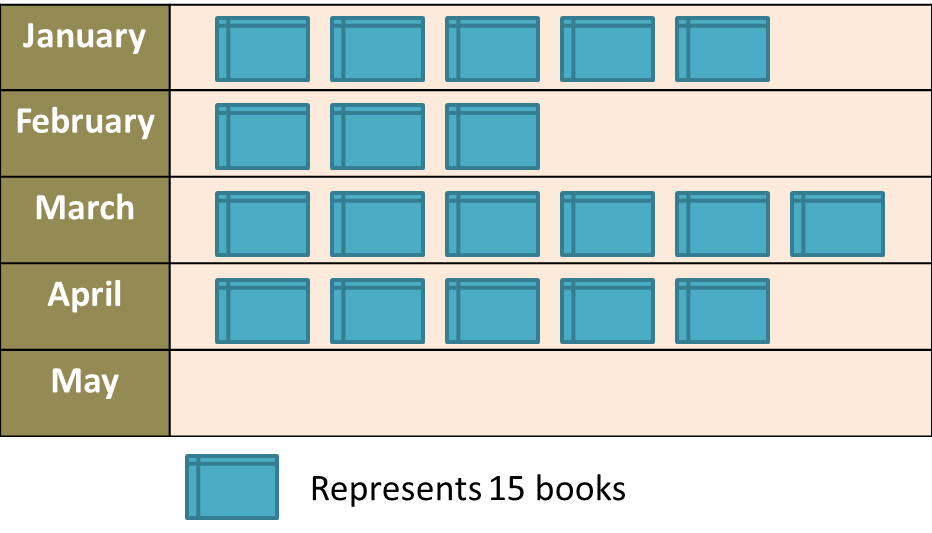
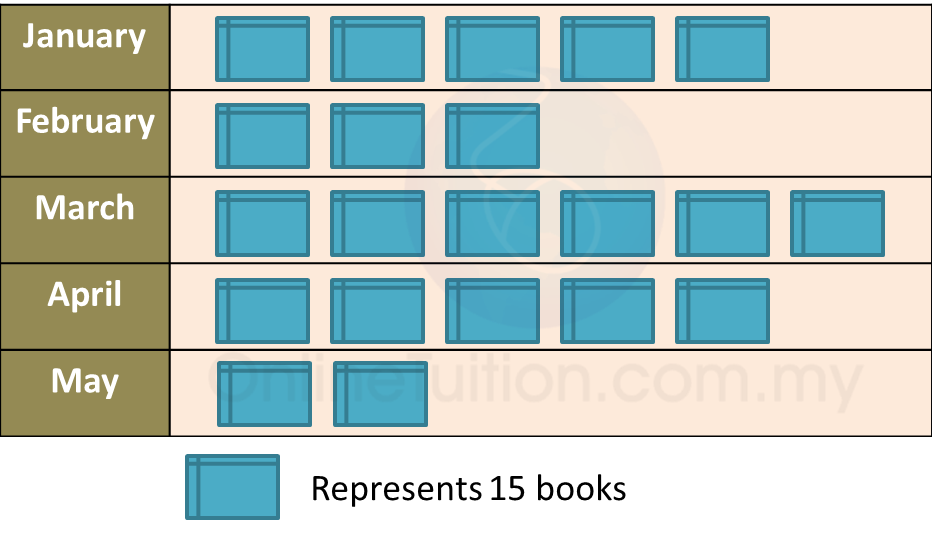
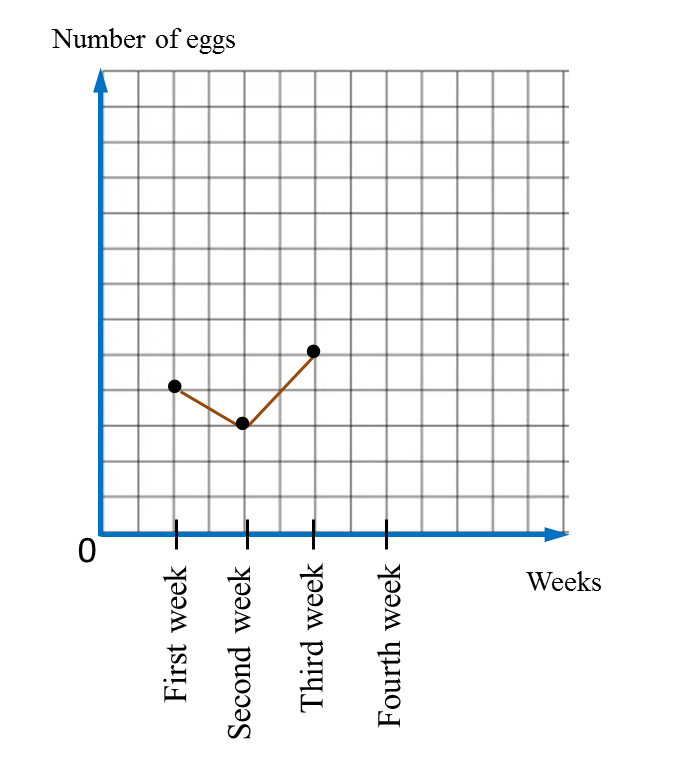

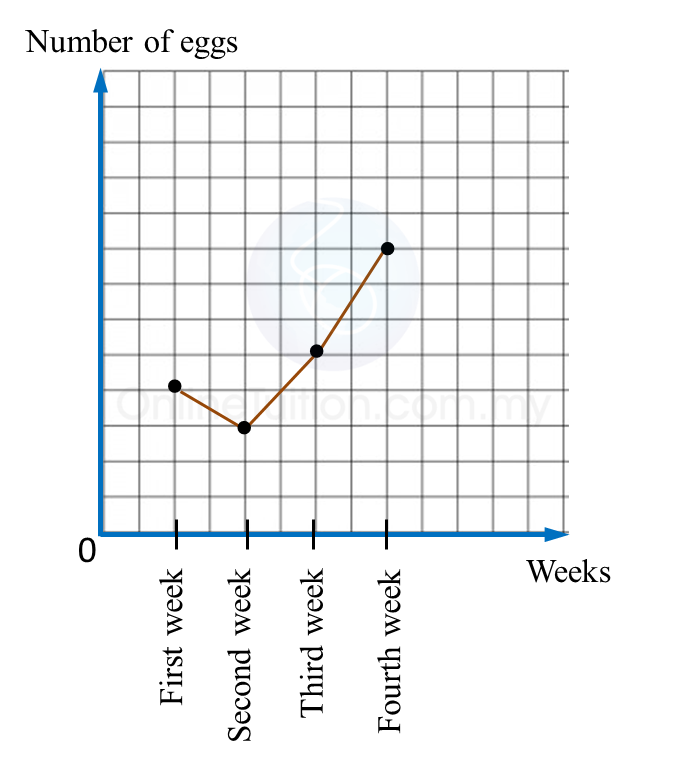
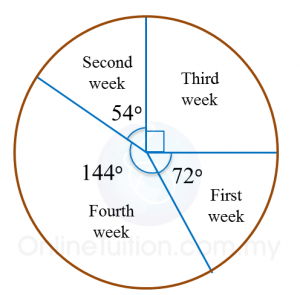
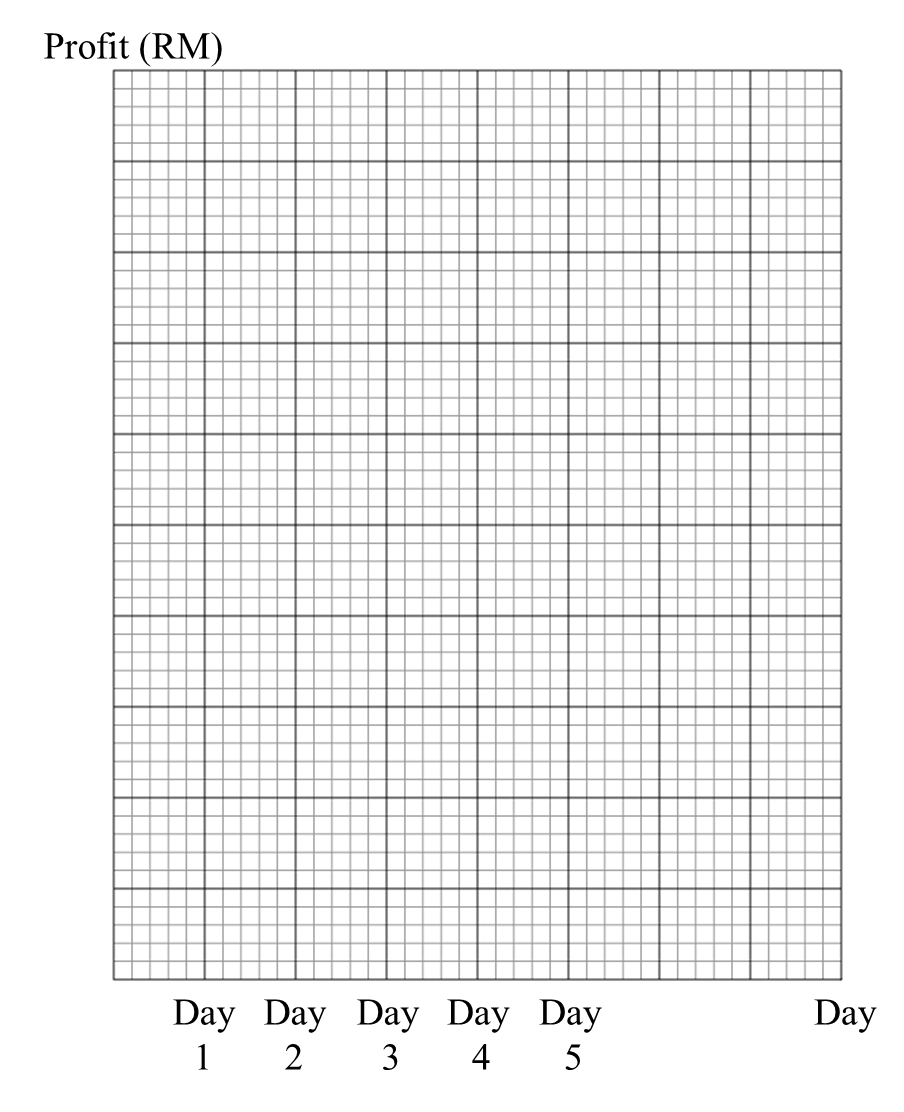
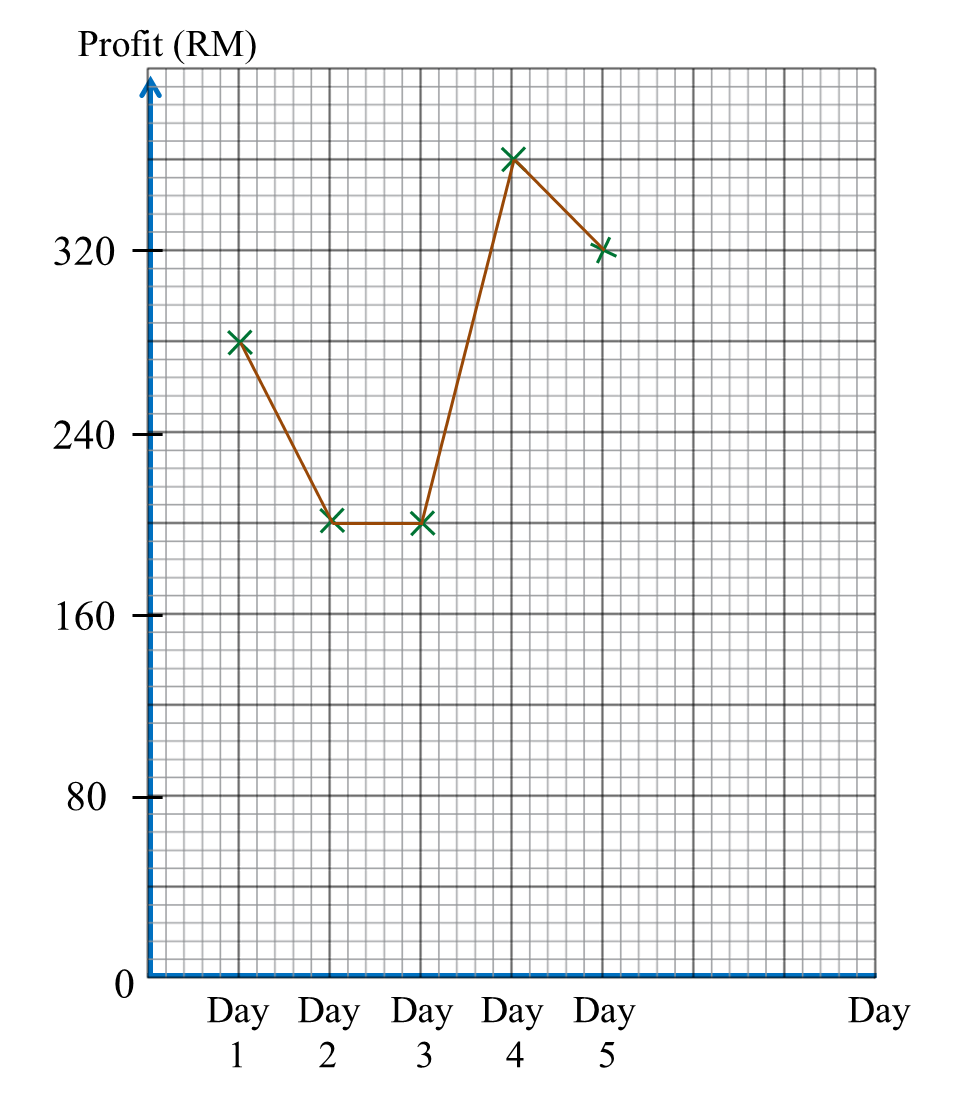
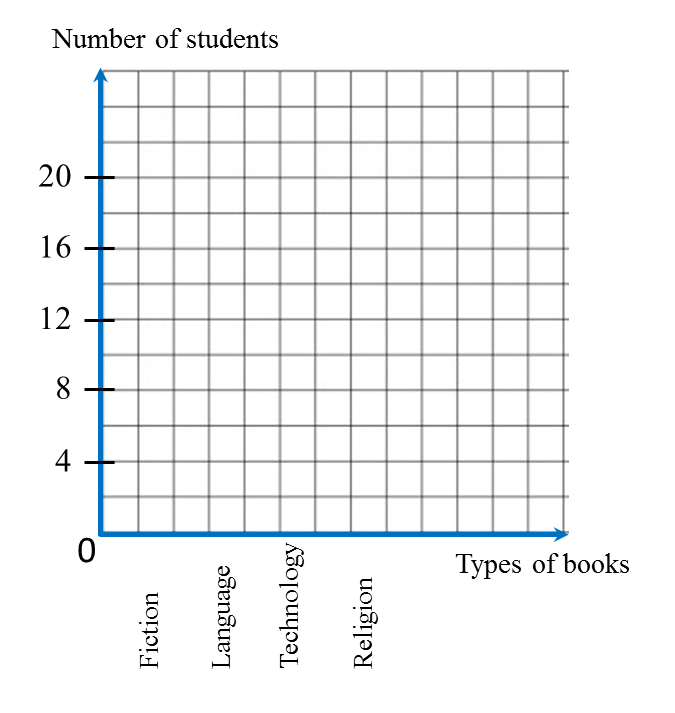
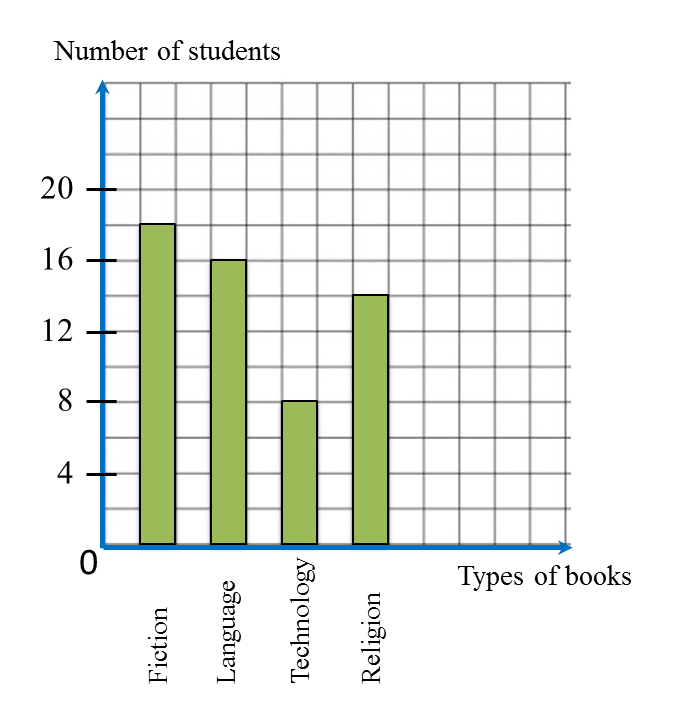
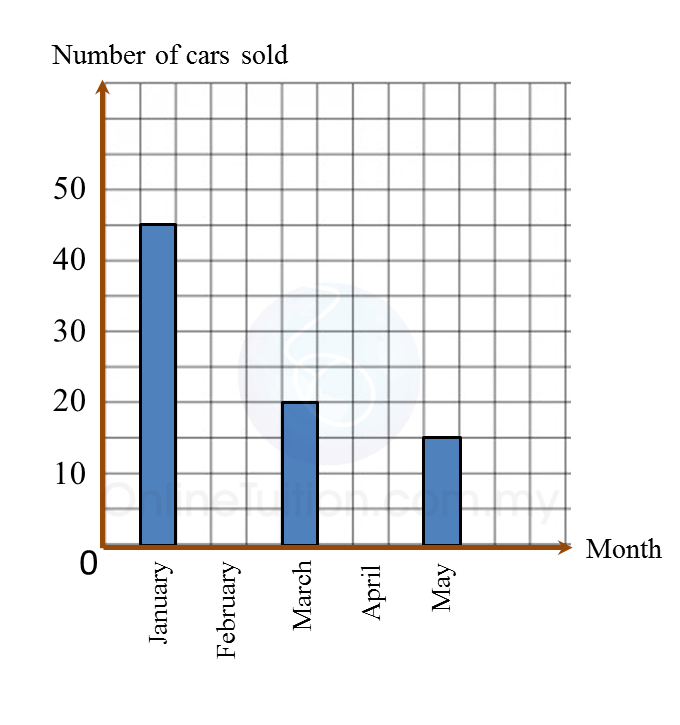 (a) The number of cars sold for the five months is 150 units. The number of cars sold in February is equal to the number of cars sold in April.
(a) The number of cars sold for the five months is 150 units. The number of cars sold in February is equal to the number of cars sold in April.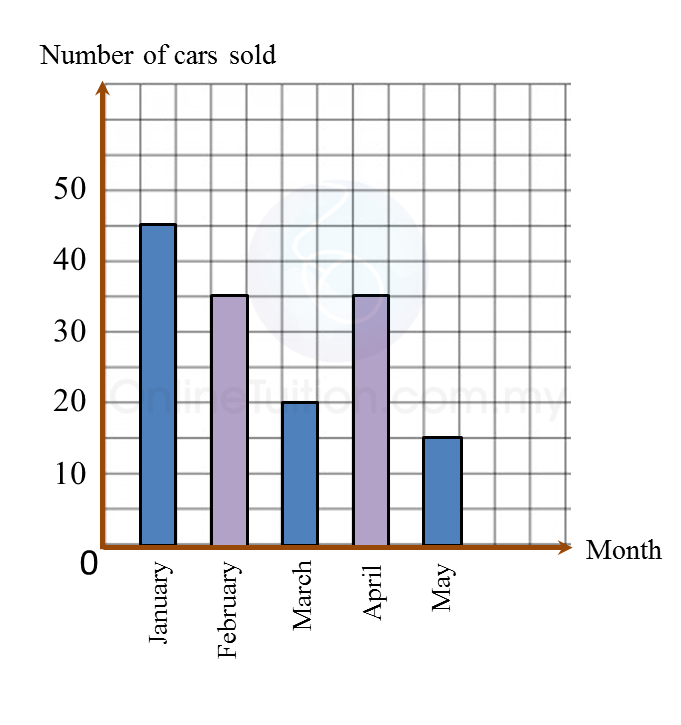 (b)
(b)